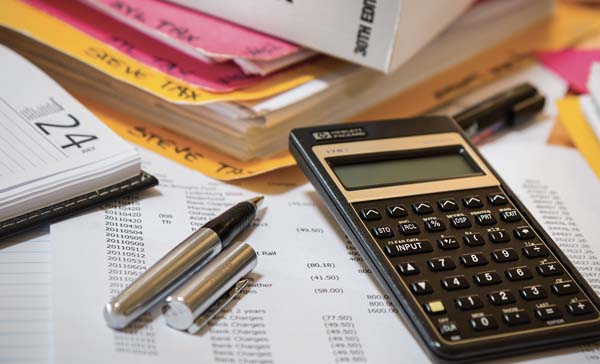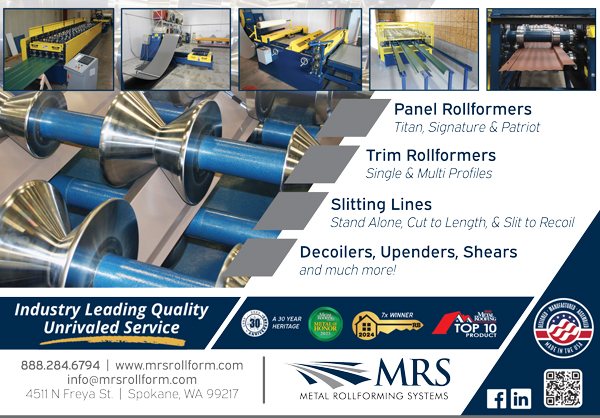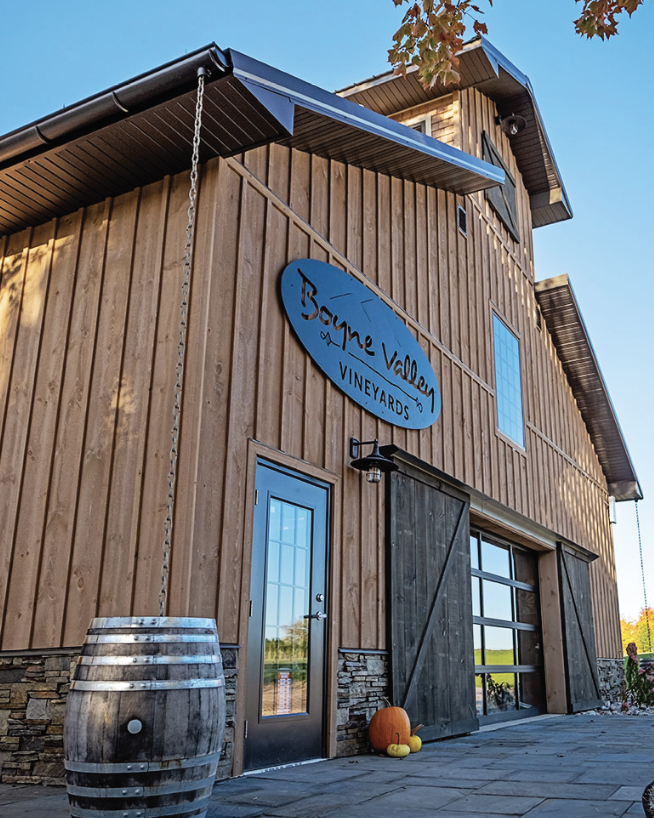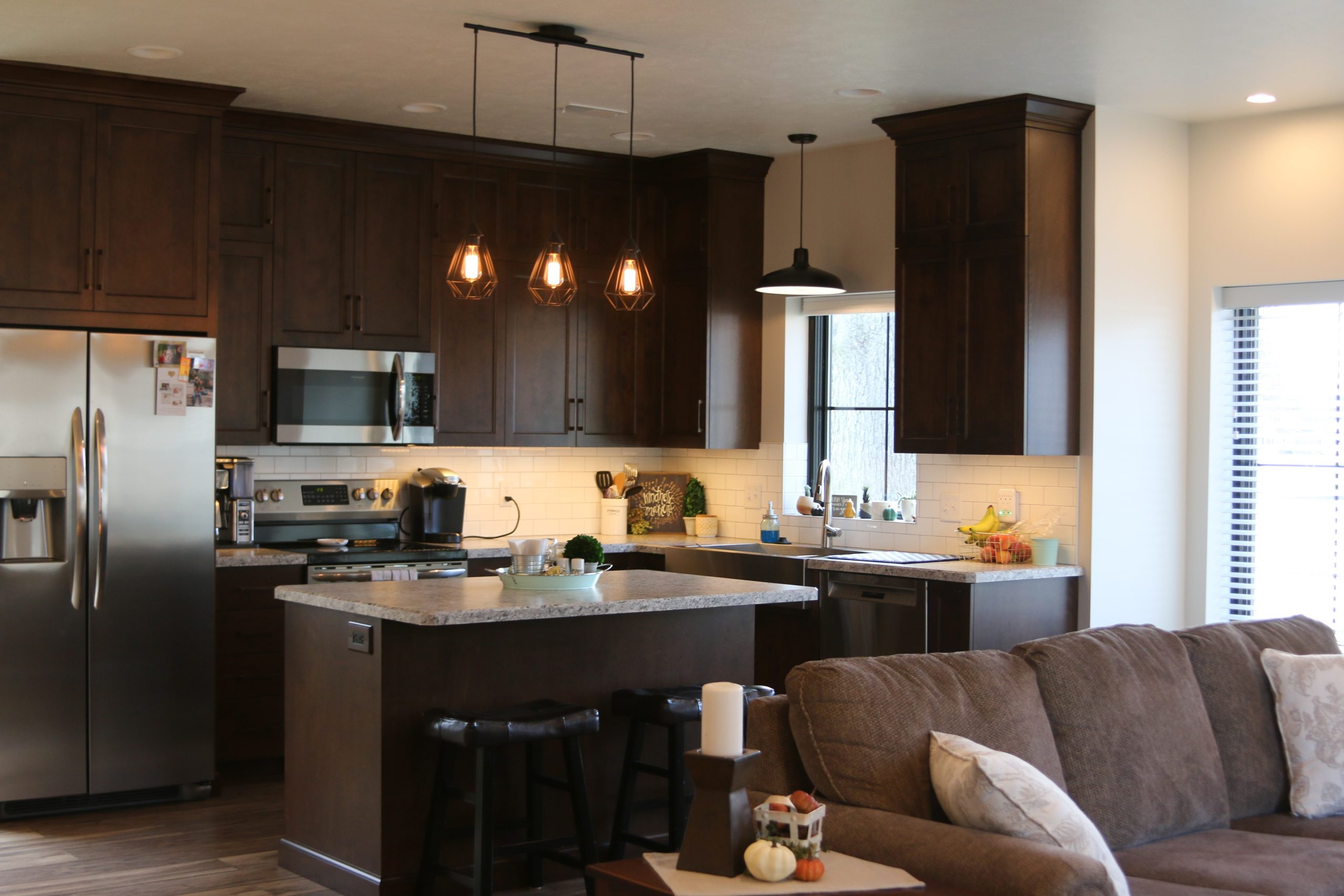By Mark Battersby
Good tax planning is based on a rural buildings business’s current versus potential future earnings or profits. For those builders and contractors whose taxable earnings will potentially be lower next year, end of the year tax planning is very simple: Defer any income possible, pushing it onto next year’s lower tax bill.
In addition to deferring income until next year when the tax bill, if not the tax rates, may be lower, it might be more valuable to accelerate deductions into the computation of the current tax year’s tax bill. However, while many approaches either don’t work or only result in a deferral of taxes, tax bills can be reduced using timing, making a few key moves, and by spending money on specific things. Consider, as one example, pre-paying some deductible expenses.
Those in need of extra business deductions before the end of the year can prepay some expenses, such as business insurance, rent on shops and equipment and lease payments on business vehicles. The general rule is that expenses for a future year cannot be prepaid and deducted from the current year’s tax bill.
An expense paid in advance can only be deducted in the year to which it applies. Fortunately, there is an exception, the so-called “12-month” rule, that allows the building business to deduct prepaid future expenses in the current year if the expense is for a right or benefit that extends no longer than 12 months or until the end of the tax year after the tax year in which the payment is made.
The 12-month rule can apply to business insurance premiums, licenses, rents and leases as well as to payments for terminating business contracts. It may not, however, be used for payments for interest, loans and other financial interests or purchases of furniture, fixtures, equipment, or other long-term capital assets.
Bottom-line, whether prepaying expenses makes sense depends on the expected tax bill for this year compared to future years, as well as future changes predicted for our tax laws that might raise the building operation’s taxes. If income is expected to go up substantially next year, not prepaying expenses, but instead maximizing deductions next year, might be the best option.
The 2017 Tax Cuts and Jobs Act (TCJA), along with other legislation increased the write-offs for certain types of business equipment. The accelerated depreciation deductions apply to the cost of business equipment purchased during the year but go much further. Consider:
BONUS DEPRECIATION
The TCA created a tax deduction for the entire cost of new purchases with 100 percent bonus depreciation. With bonus depreciation, the cost of computers, equipment, vehicles, and furniture acquired in the 2019 tax year can be written-off.
SECTION 179 EXPENSING
There is also the increased Section 179, first-year expensing write-off that has been doubled from $500,000 to $1,000,000. Section 179 property now also includes fire protection, alarm systems, and security systems.
ENERGY EFFICIENT PROPERTY
Every business can get a tax credit, a direct reduction of the tax bill rather than a deduction from the amount that tax bill is based on, for investing in specific energy-saving improvements and projects. These investments must be in “investment credit property” that can be depreciated or amortized. The amount of the tax credit is: 30 percent for solar, fuel cells, small wind turbines, etc., and 10 percent for geothermal, microturbines, and combined heat and power.
REPAIRS
In 2013 the IRS issued regulations that kicked in during the 2016 tax year and impacting every building business with fixed assets. Today, the so-called “de minimis” safe harbor deduction for materials and supplies has been increased from $500 to $2,500, at least for those businesses without an applicable financial statement. It is not too late to update the building operation’s policy for differentiating repairs from capital expenditures to comply with the updated regulation.
VEHICLE EXPENSES
What percentage of a vehicle used in or by the building business is attributable to business usage? Whatever the percentage, that amount may qualify as an auto expense. The IRS allows two ways to calculate the deduction. First, there is the actual expense to which the percentage is applied to create the business auto expense deduction. Or, tracking the actual mileage for business purposes and using the 54.5 cents per mile standard write-off. But, don’t forget the write-off ceiling on the vehicle’s cost.
With income, the general rule for cash-basis building operations and businesses is it doesn’t have to report income until the year cash is received or a check is in hand. Most small businesses are allowed to use the cash-method of accounting for tax purposes.
A business operating on a cash basis for tax purposes, anticipating higher profits in 2020 than in previous years, may want to defer revenue as a way of reducing taxable income for 2019. Consider billing late in December or delaying the delivery of certain products or services until January.
Alternatively, if the building business is expected to be more profitable next year, accelerating cash collection before December 31 would allow those amounts to be taxed at a lower rate.
The purpose of records is two-fold. First, they provide a reminder of income and expenditures, plus they serve as proof should it be demanded by the vigilant IRS. Yes, good records will help monitor the progress of the building business, prepare its financial statements, identify sources of income, keep track of deductible expenses and aid in preparation of the annual tax returns.
Expense records are important for deductions and lowering taxable income. Here, cancelled checks may not always do the trick as IRS auditors want invoices, bills, and contracts explaining those cancelled checks. And, the time to assemble those records is now, before the end of the tax year.
As the end of the building operation’s tax year approaches, several general rules might help guide it to real tax savings —savings that will be consistent, year-after-year:
• Don’t spend money simply to reduce that tax bill. After all, $1 spent does not equal $1 worth of tax saved or create a $1 deduction. Also, keep in mind that if those accelerated deductions result in a net operating loss (NOL), as mentioned, it can now only be used to offset tax bills down the road — there is no longer a NOL carryback.
• Know thy accounting method. Most year-end tax strategies work best for cash-basis taxpayers. Accrual-basis building businesses report all income in the year it is earned and all expenses in the year they are incurred. So, just because the building business is paying for a 2020 expense in 2019 doesn’t always result in an immediate deduction on the 2019 tax return.
• Worker classification matters. Every building business owner must correctly determine whether workers are employees or independent contractors. Independent contractors are not, of course, subject to withholding, making them responsible for paying their own income taxes plus Social Security and Medicare taxes.
Once the work is done and the alternatives tested, do you opt for a series of aggressive year-end tax strategies? While it is almost always recommended, few builders, contractors, or business owners seem to get their tax professionals involved well before the end of the tax year.
Mark Battersby has more than 35 years experience in small business issues, tax and financial matters. Contact him at 610-789-2480 or [email protected].





















